
Berlinized(2012)
The documentary BERLINIZED describes this very Berlin-specific attitude in a reflection on and a journey to mid-1990s' Berlin. Filmmaker Lucian Busse, an active protagonist of the period, documents the transformation of Berlin after the Wall. But Berlinized represents more than just the 1990s - it is a metaphor for this virally catching creative feeling, the slightly rough directness, spiced up with a big dash of typical Berlin humor. Berlinized lets the former protagonists reflect how that temporary feeling of freedom shaped their individual lives, and to what degree that freedom can still be found among the neat order of today's Berlin. These reflections are as diverse as the interviewees and as multifaceted as the changes in those times.
Movie: Berlinized
Video Trailer Berlinized
Recommendations Movies
 3.3
3.3Cold Hard Cash(en)
Watch what happens when two beautiful bad girls with no option are put in a desperate situation.
 1.0
1.0Best of Video Track 77 & 78(en)
Highland Sunset and a final look at Class 37s on the West Highland Line to Fort William before the introduction of Class 66s. Crewe Open Weekend with a tour of Crewe Works during the open weekend of the 20th and 21st of May with a variety of traction plus coverage of specials to the event with 33 and 37 hauage. Class 58 Profile with only half of the original class still in action we take a look at the class from the 1980s to the present day. Devon Contrasts and Class 67 and 47 motive power along the famous stretch of sea wall from Starcross to Dawlish.
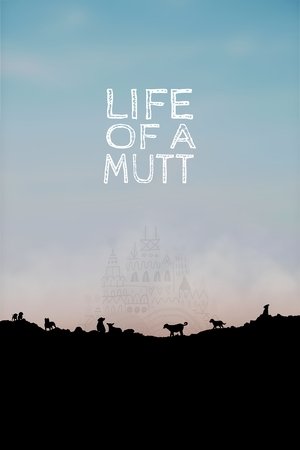 10.0
10.0Life of a Mutt(sr)
Through seven scenes, the film follows the life and destinies of stray dogs from the margins of our society, leading us to reconsider our attitude towards them. Through the seven “wandering” characters that we follow at different ages, from birth to old age, we witness their dignified struggle for survival. At the cemetery, in an abandoned factory, in an asylum, in a landfill, in places full of sorrow, our heroes search for love and togetherness. By combining documentary material, animation and acting interpretation of the thoughts of our heroes, we get to know lives between disappointment and hope, quite similar to ours.
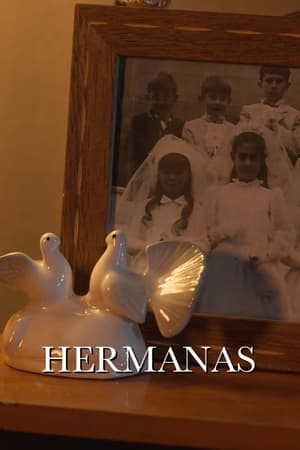 9.5
9.5Hermanas(es)
Carmen, an independent and modern woman, goes to dinner at her sister Ana's house, a married woman subject to all gender structures. Mateo, Ana's husband, intervenes at dinner and continually clashes with Carmen's way of life.
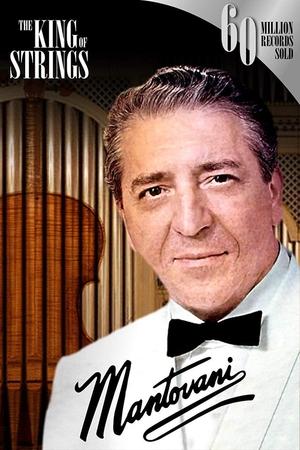 6.0
6.0Mantovani, the King of Strings(it)
Known for his unmistakable cascading strings and recordings such as Charmaine, Mantovani enthralled the world with his sublime arrangements. This is the story of the man and his music.
 6.4
6.4A Vineyard Romance(en)
When Seattle magazine writer Samantha Hart is sent home to write an article about the wedding destination of Hawthorne Vineyards, she discovers the ex who broke her heart not only runs the vineyard, but he’s about to get married there.
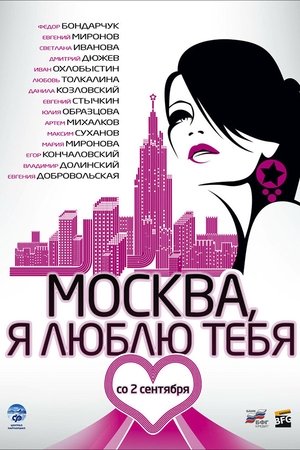 4.9
4.9Moscow, I Love You!(ru)
18 directors, 18 novels, 18 short stories about Moscow...
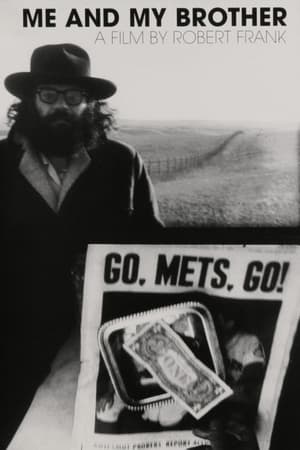 6.4
6.4Me and My Brother(en)
Julius Orlovsky, after spending years in a New York mental hospital, emerges catatonic and must rely on his brother Peter, who lives with poet Allen Ginsberg. When Julius wanders off in the middle of filming, Frank hires and actor (Joseph Chaikin) to play the character and begins a fictional version of his psychological portrait. Then, as suddenly as he vanished, Julius turns up in an institution where he and Peter must face their relationship.
 10.0
10.0Uma Valsa para Rosa(pt)
In this documentary, we follow the story of Rosana, who is about to turn 60 and remembers her life journey.
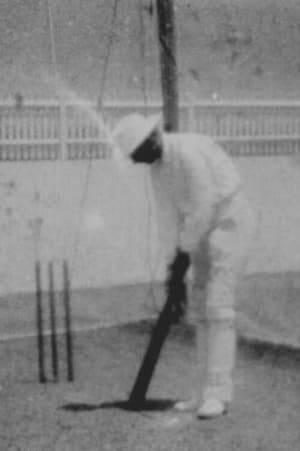 4.7
4.7Prince Ranjitsinhji Practising Batting in the Nets(en)
Probably the first ever cricket film: Indian cricketing royalty prepares for the first test between England and Australia at Sydney.
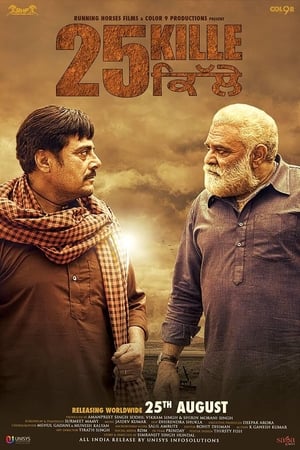 6.0
6.025 Kille(pa)
Four brothers receive news of an inheritance and must contend with an unscrupulous landowner to receive their birthright.
 5.0
5.0Moonlight Dreams(bn)
Krishna, 17 years-old and pregnant, returns to her village home in rural West Bengal to face her family and challenge the marriage of Tara, her beloved younger sister. Faced with patriarchy and the generational oppression of women the reunited sisters must reconcile their differences and make a fateful choice.
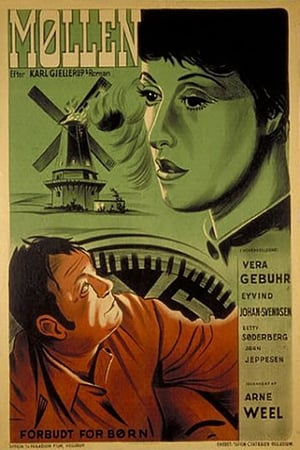 5.0
5.0Møllen(da)
When Møller Jakob Clausen of "Højmøllen" sits at his wife's deathbed, he makes her promise that if he marries again, he will choose a woman who will be good to their little son, Hans. And in motherly care for her little son, the dying wife mentions the forester's gentle and kind sister, Hanne, who will surely be able to become both a faithful wife for the miller and a good mother for Hans.
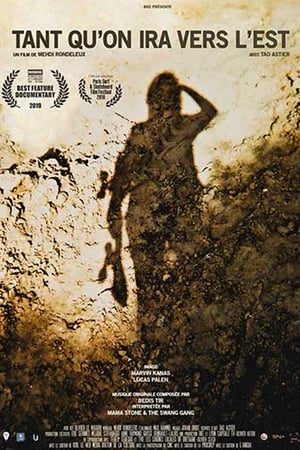 7.0
7.0As Long As We Go East(fr)
Through a journey across Europe, starting in Rennes, finishing in Saint-Petersburg, a team of young documentarists spontaneously and poetically engage with an experience of culture, languages and borders. The camera follows Tao, a blooming artist travelling by the means of her skateboard. Along the way they make insightful encounters and live unique experiences, through a variety of colours, landscapes, creative initiatives and incredible mouvements coming to sight progressively within their journey. This summer tale is an individual challenge, taking place through the lives of different encounters bringing out a single poetic line, a movement. Under the humble wheels of a skateboard hides a tribute to the old continent. Overall, questioning the individuality, the mass, and moreover, us, the European youth.
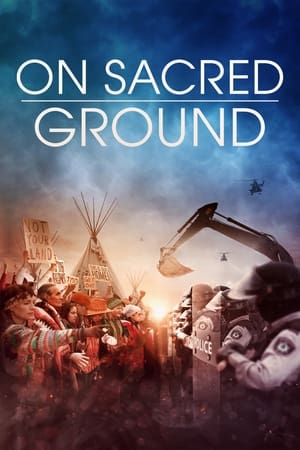 5.3
5.3On Sacred Ground(en)
Based on the true events during the 2016 construction of the Dakota Access Pipeline that runs through the Standing Rock Indian Reservation in North Dakota on land that is owned by the Lakota “Sioux” Tribe. The film follows Daniel, a journalist and Afghanistan War military veteran, and Elliot, an oil company executive, who find themselves on opposite sides of the fight during the construction of the contentious pipeline.
 0.0
0.0The green silhouette(es)
Federico and Olivia are editing their first short films, which encountered mistakes during shooting. Both discover that they filmed at the same location and accidentally interfered in each other’s films. Together, they find a way to edit their two shorts into one.
Similar Movies
 7.5
7.5Berlin: Symphony of a Great City(de)
A day in the city of Berlin, which experienced an industrial boom in the 1920s, and still provides an insight into the living and working conditions at that time. Germany had just recovered a little from the worst consequences of the First World War, the great economic crisis was still a few years away and Hitler was not yet an issue at the time.
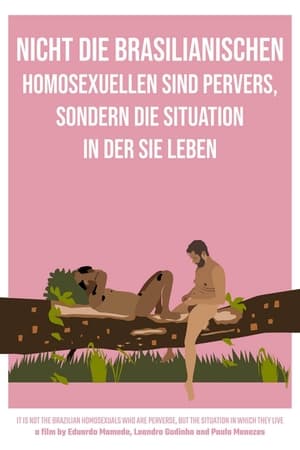 1.0
1.0It Is Not the Brazilian Homosexuals Who Are Perverse, But the Situation in Which They Live(pt)
Two queer Brazilians go skinny dipping in a lake where they talk about love, sex, colonialism and migration, on a pandemic summer afternoon in Berlin.
 6.1
6.1The Case of Bruno Lüdke(de)
The incredible story of Bruno Lüdke (1908-44), the alleged worst mass murderer in German criminal history; or actually, a story of forged files and fake news that takes place during the darkest years of the Third Reich, when the principles of criminal justice, subjected to the yoke of a totalitarian system that is beginning to collapse, mean absolutely nothing.
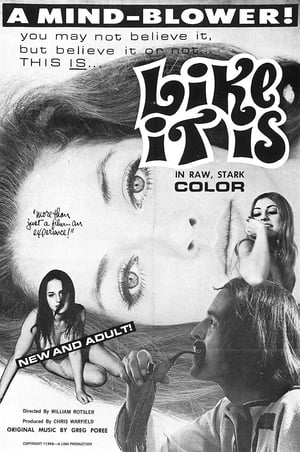 5.3
5.3Like It Is(en)
This documentary on the "youth movement" of the late 1960s focuses on the hippie pot smoking/free love culture in the San Francisco Bay area.
NARC. Mini-Doc – Outside The Mainstream: The North East’s Alternative Scene(en)
The final episode in our Mini-Docs series comes from musician and writer Jake Anderson, who explores the niche music genres which find an increasing audience in the North East. On a mission to discover outside-the-mainstream sounds and the driving forces behind their creation, Jake chats with musicians Me Lost Me, SQUARMS and Mariam Rezaei, along with some of the major players keeping these sonically-engaging sound makers doing what they’re doing, including Simeon Soden from Kaneda Records and Lee Etherington of TUSK. This mini-documentary features reflections on some of the most unique acts in the North East, what genre boundaries actually mean and artists’ hopes for the future of the North East’s alternative scene. This is an Art Mouse film for NARC. TV, written and directed by Jake Anderson.
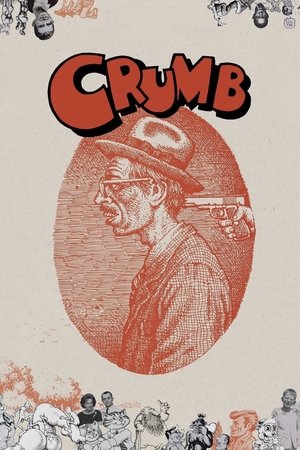 7.5
7.5Crumb(en)
This movie chronicles the life and times of R. Crumb. Robert Crumb is the cartoonist/artist who drew Keep On Truckin', Fritz the Cat, and played a major pioneering role in the genesis of underground comix. Through interviews with his mother, two brothers, wife, ex-wife and ex-girlfriends, as well as selections from his vast quantity of graphic art, we are treated to a darkly comic ride through one man's subconscious mind.
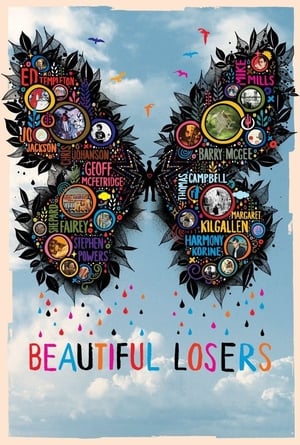 6.5
6.5Beautiful Losers(en)
This documentary follows the lives and careers of a collective group of do-it-yourself artists and designers who inadvertently affected the art world.
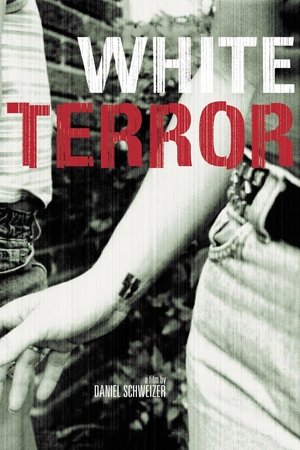 6.6
6.6White Terror(de)
A video about Neo-Nazis originating in Sweden provides the starting point of an investigation of extremists' networks in Europe, Russia, and North America. Their propaganda is a message of hatred, war, and segregation.
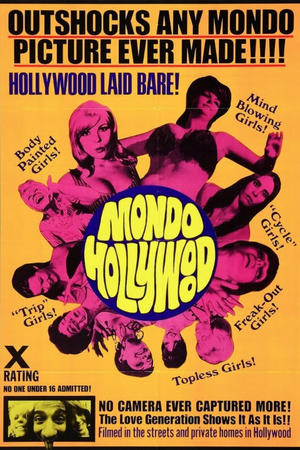 5.3
5.3Mondo Hollywood(en)
Long considered a cult classic, "Mondo Hollywood" captures the underside of Hollywood by documenting a moment in time (1965-67), when an inquisitive trust in the unknown was paramount, hope for the future was tangible and life was worth living on the fringe. An interior monologue narrative approach is used throughout the film, where each principal person shown not only decided on what they wanted to be filmed doing, but also narrated their own scenes. The film opens with Gypsy Boots (the original hippie vegan - desert hopping blender salesman), and stripper Jennie Lee, working out 'Watusi-style' beneath the 'Hollywood' sign -- leading into the 'sustainable community' insight of Lewis Beach Marvin III, the S&H Green Stamp heir, who lived in a $10 a month garage while owning a mountain retreat in Malibu.
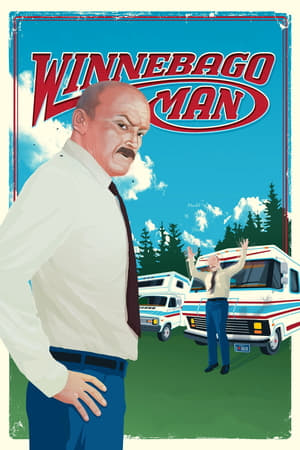 6.6
6.6Winnebago Man(en)
Jack Rebney is the most famous man you've never heard of - after cursing his way through a Winnebago sales video, Rebney's outrageously funny outtakes became an underground sensation and made him an internet superstar. Filmmaker Ben Steinbauer journeys to the top of a mountain to find the recluse who unwittingly became the "Winnebago Man".
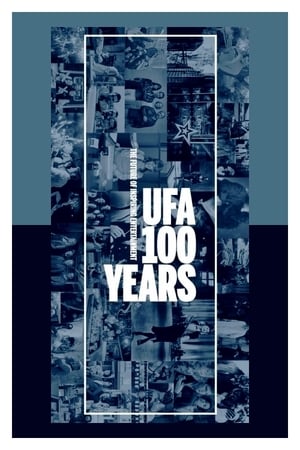 4.5
4.5100 Years of the UFA(de)
The intricate history of UFA, a film production company founded in 1917 that has survived the Weimar Republic, the Nazi regime, the Adenauer era and the many and tumultuous events of contemporary Germany, and has always been the epicenter of the German film industry.
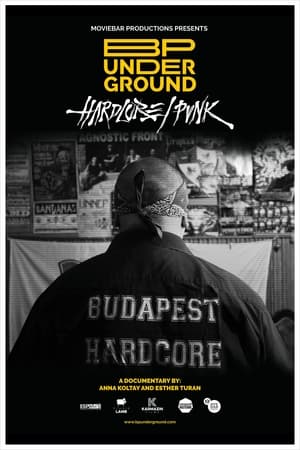 0.0
0.0BP Underground - Hardcore / Punk(hu)
The Underground subcultures in Budapest are an integral part of the diverse and colorful Hungarian culture. The creators of the film - Esther Turan and Anna Koltay - wanted to explore what were the major youth music subcultures in the '90s and 2000s in Budapest. This film is a tribute to the underground subcultures of the city. In these series of films, these grass-roots groups deal with the social impact of their community building power and the role played by Budapest itself in the formation of these groups. The film explores the kind of atmosphere and unwritten rules, what were the dominant places, external signs, and symbols, or who were the central figures and what were the memorable stories. The film guides the viewer from the best bands to the message, from the typical attire to the cult bars. The new generation is a starting point, a complex retrospective of where it originated and why the colorful underground cultural life still characterizes Budapest today.
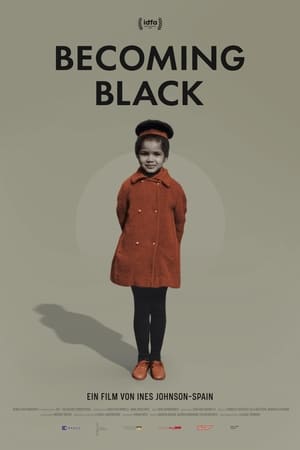 6.0
6.0Becoming Black(de)
In the 1960s, a white couple living in East Germany tells their dark-skinned child that her skin color is merely a coincidence. As a teenager, she accidentally discovers the truth. Years before, a group of African men came to study in a village nearby. Sigrid, an East German woman, fell in love with Lucien from Togo and became pregnant. But she was already married to Armin. The child is Togolese-East German filmmaker Ines Johnson-Spain. In interviews with Armin and others from her childhood years, she tracks the astonishing strategies of denial her parents, striving for normality, developed following her birth. What sounds like fieldwork about social dislocation becomes an autobiographical essay film and a reflection on themes such as identity, social norms and family ties, viewed from a very personal perspective.
Dragan Wende - West Berlin(de)
Dragan Wende has lived in Berlin since the '70s and has seen the city change through the years. His nephew comes to live with him as Dragan remembers the better days he lived as a Yugoslavian immigrant in a divided city.
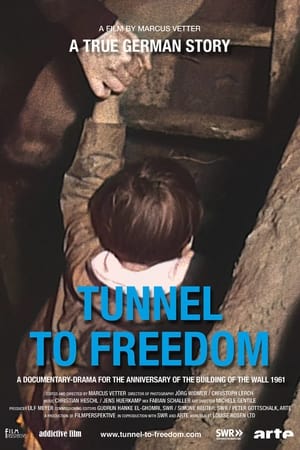 7.2
7.2Tunnel to Freedom(de)
13 August 1961: the GDR closes the sector borders in Berlin. The city is divided overnight. Escape to the West becomes more dangerous every day. But on September 14, 1962, exactly one year, one month and one day after the Wall was built, a group of 29 people from the GDR managed to escape spectacularly through a 135-meter tunnel to the West. For more than 4 months, students from West Berlin, including 2 Italians, dug this tunnel. When the tunnel builders ran out of money after only a few meters of digging, they came up with the idea of marketing the escape tunnel. They sell the film rights to the story exclusively to NBC, an American television station.
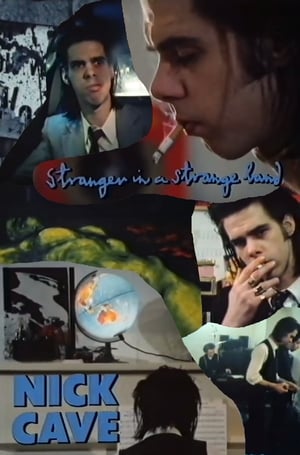 6.0
6.0Nick Cave: Stranger in a Strange Land(en)
Documentary made for Dutch television about Nick Cave in Berlin in 1987.
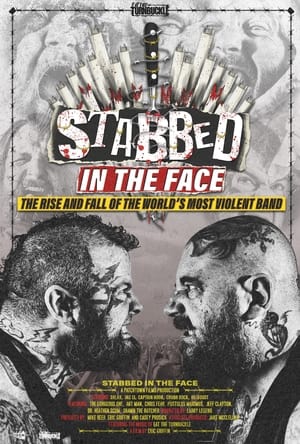 0.0
0.0Stabbed in the Face: The Rise and Fall of the World's Most Violent Band(en)
An alternative documentary following the trail of blood and carnage of Philadelphia’s own Deathmatch Rock n’ Roll pioneers, Eat the Turnbuckle, from beer-soaked bars to the largest stage in the world of metal.
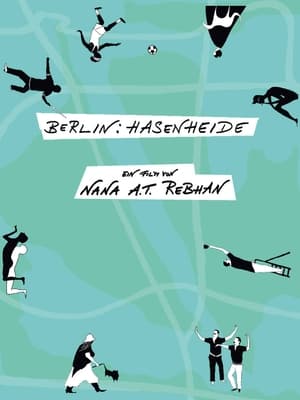 0.0
0.0Berlin: Hasenheide(de)
Documentary about the social microcosm of Hasenheide, a 50 hectar green area in Berlin, located between Kreuzberg and Neukölln. In this park, you'll find old women with their dogs, young football players, Turks at the barbecue, as well as nudists. For the residents, Hasenheide is sports area, living room, pub and runway all at once. A refutation of the media panic surrounding the park as a place of drug dealing and violence.
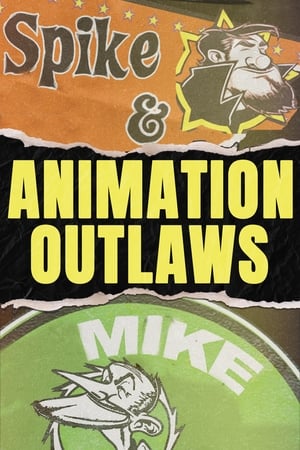 6.3
6.3Animation Outlaws(en)
Walt Disney said “We have created characters and animated them in the dimension of depth, revealing through them to our perturbed world that the things we have in common far outnumber and outweigh those that divide us.” Outside of Walt himself there are few people who have brought together and united more animators in the history of the genre than Craig "Spike" Decker and Mike Gribble, known to all as Spike & Mike. They created an animation festival that helped launch the careers of John Lasseter, Peter Lord, Will Vinton, Bill Plympton and Mike Judge to name just a few. Their Spike & Mike festival had an enormous impact on animation that was felt the world over. The festival was known as much for the breakthrough animation it presented as the outrageous antics of the founders.
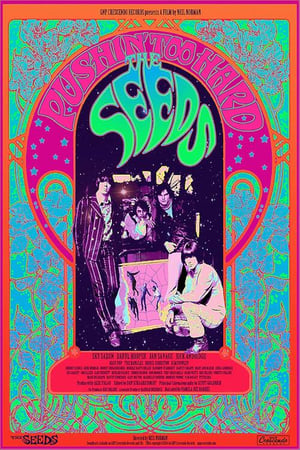 0.0
0.0The Seeds: Pushin' Too Hard(en)
Documentary about seminal garage-rock band, The Seeds, that uses vintage footage, rare photos, memorabilia and audio, plus fresh interviews with band members and associates as well as notable fans and observers, Pushin’ Too Hard relates the bizarre rage-to-riches-to-rags tale of the rock quartet who took Los Angeles by storm in the mid-60s.


